Guess What We Figured Out?
Our Beloved Oak Tree
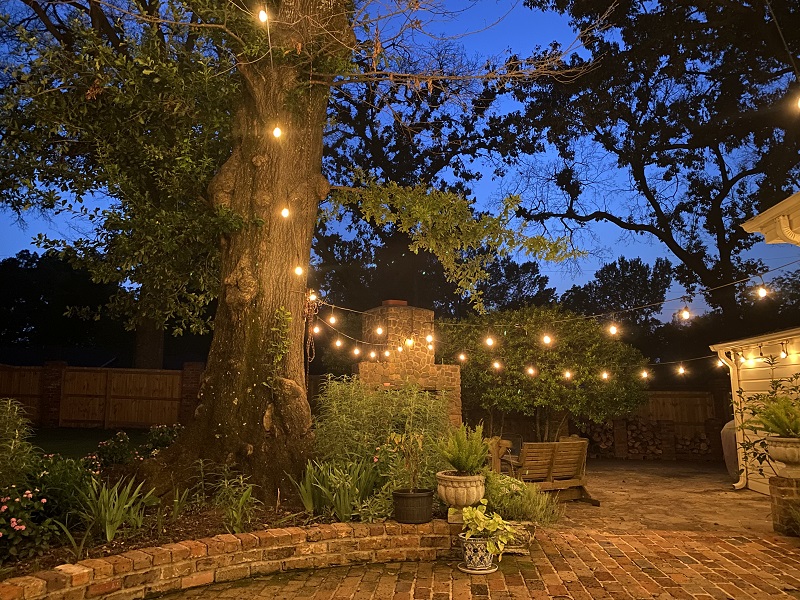
After our 100 year old plus oak tree died during Snowvid in 2021 (also called Snowpocalypse or Snowmageddon), we were forcefully changed to a full sun garden. Turns out, the previous owners in the 1950’s or 60’s had extended their brick patio much farther than we had realized. It is now buried under over a foot of dirt. As we dug to prepare for our new plantings, we were in for a big surprise of brick and old school thick concrete. Let’s just call this Step 1 in our long journey of redoing our garden bed, and it now involves jack hammers and an excavator I’ve had to rent.
First, why did we cut down the tree? Could it have survived?
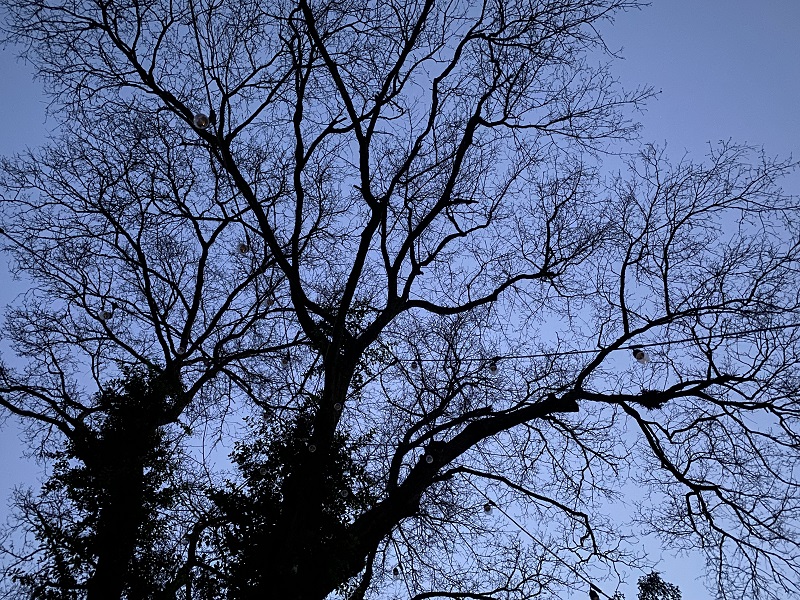
We tried to give it time. We hoped it would live! Maybe there were just a few dead limbs and the tree would recover? Every time we sat outside, I found myself looking up at the limbs wondering if the tree was dying. My musings continued, “If a particular limb would fall, where would it land? Questions like this plagued my mind. I began to feel megalomaniacal, as if my intense interest in the tree had any power to change what would happen.
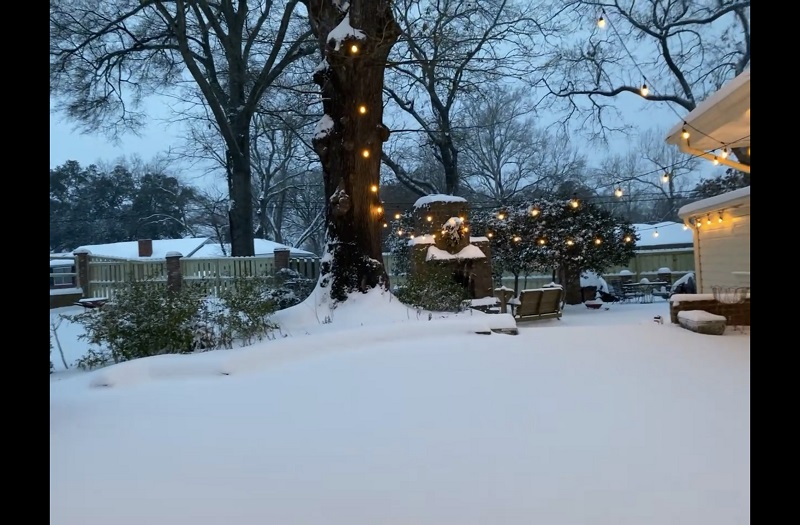
My powerless abilities were confirmed one Sunday afternoon shortly after a family with 3 daughters left our house following a lunch together. As my family and I remained outside after their departure, we soon heard a large cracking sound beginning. I yelled, “Get ready!” Where the 3 daughters had been playing with our daughters, just moments before, a large limb the size of a tree fell. It cracked, it boomed, it shot limbs everywhere as it hit the ground. One daughter started crying, the other started shaking. We prayed and thanked God for our lives, and we knew right then and there the tree had to go. It was gone by Thursday.
Mostly shade to full sun. What next?
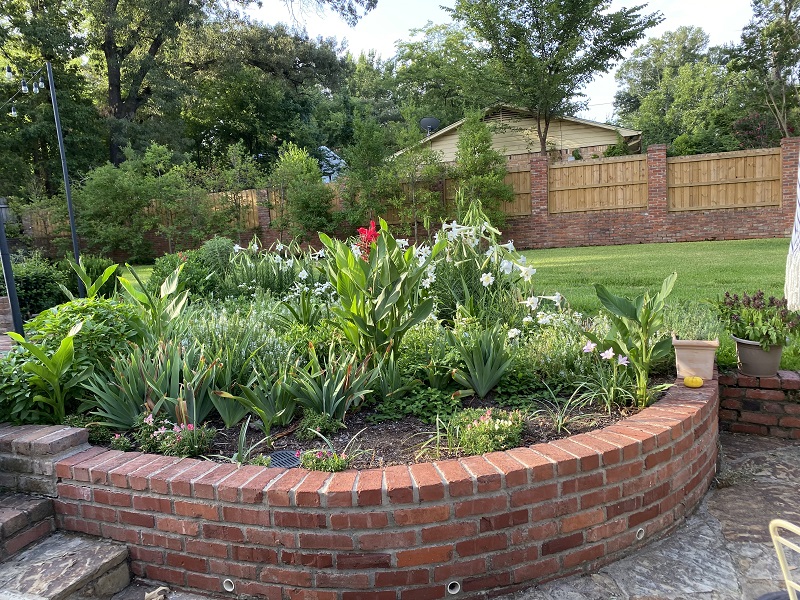
We’ve spent the last two springs filling the spot with random flowers. I established a line of Philippine lilies, planted more Crinum ‘Mrs. James Hendry’, and solidified a row of Byzantine gladioli that meandered behind 3 nice gardenias. During the winter we loaded it up with paperwhites, alyssum, kale, and other items to make it look pretty.

The full sun spot grew weeds like crazy, and they needed to be pulled weekly. We were dissatisfied, and we began to have marital arguments (tongue and cheek) about what we were going to do there. Rebecca became insistent on one theme…she wanted ‘Near East’ crapemyrtles.
‘Near East’ Crapemyrtles and Dr. Bill Welch
Have you ever tried to find a ‘Near East’ crapemyrtle? I will tell you the story in a full blog post but let me tell you this: it is easier to find a diamond on a dig in Arkansas than find a mature ‘Near East’ crapemyrtle in a larger (5 gallon and up) pot for planting. I’ve seen one company online that sells small potted saplings, and I need to reach out to them and verify they have the real deal before I link to them. This journey was long and hard fought. Dr. Welch did not help me and my complaining about not being able to find them…he simply confirmed that Rebecca had the best idea ever and that I needed to look harder for the ‘Near East’ Crapemyrtles.

The ‘Near East’ crapemyrtle is the small, dwarf, compact crapemyrtle in the right side of the picture above. As I mentioned before, I will tell the full story at a later date, but I managed to find five of them in 7 gallon containers after searching for over a year. Rebecca cried when I pulled up to the house to surprise her with them.
More about Dr. Bill Welch
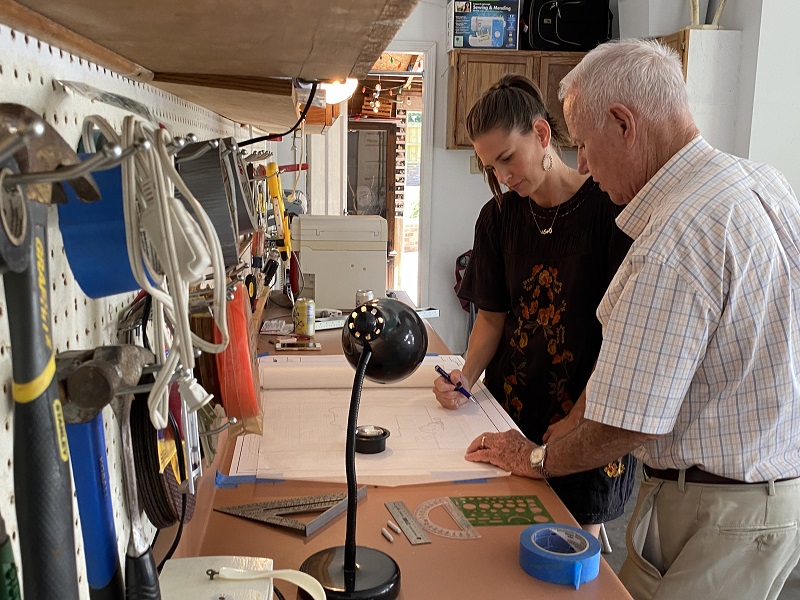
Dr. Welch is helping us with a landscape plan. I had our property survey converted to a 1/8” scale diagram by a professional, printed it out at the place in town where the architects have their large printouts done, and taped this huge sheet of paper to my workbench. The diagram had a square grid overlay to help with measuring and scale. Over this sheet, I placed tracing paper, and Dr. Welch, Rebecca, and myself began to re-design the garden. This is still in process, but we know where and how we want the crapemyrtles to look so we’ve begun to install them. And easy project, right?
Preparing the Bed
And this brings us to preparing the bed. After having the tree cut down and the stump ground out, this should have gone smoothly. Wrong. This bed had so many old bricks, concrete, and large remaining tree roots, that this project has gone to a whole new dimension.
There comes a time in a garden’s life, when the current owner must take some extra time and make some fundamental changes. With the fundamentals of soil, drainage, irrigation, hardscapes, electricity, and design figured out, the following years (or generations) of playing with plant selections, additional perennials, and annual color changeouts is vastly more enjoyable and rewarding.
What will this fundamental change involve? 4 hard laborers, a jackhammer, an excavator, and a powered wheelbarrow to haul off clay and old dirt. And a fence removal to let in the machinery! We’ll let you know how it turns out!
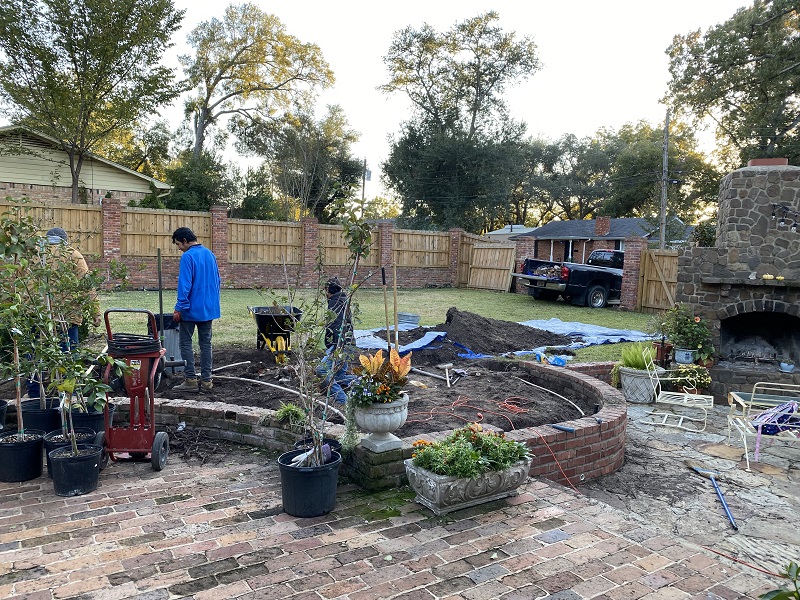
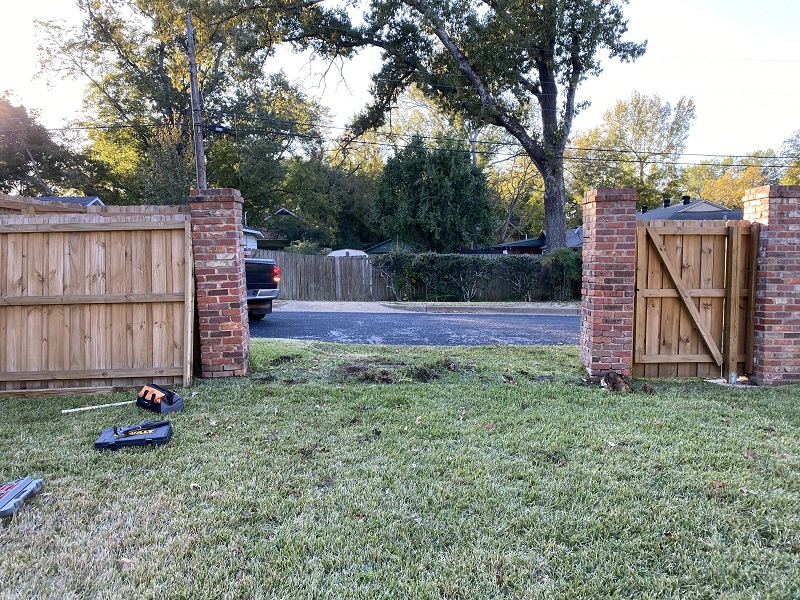

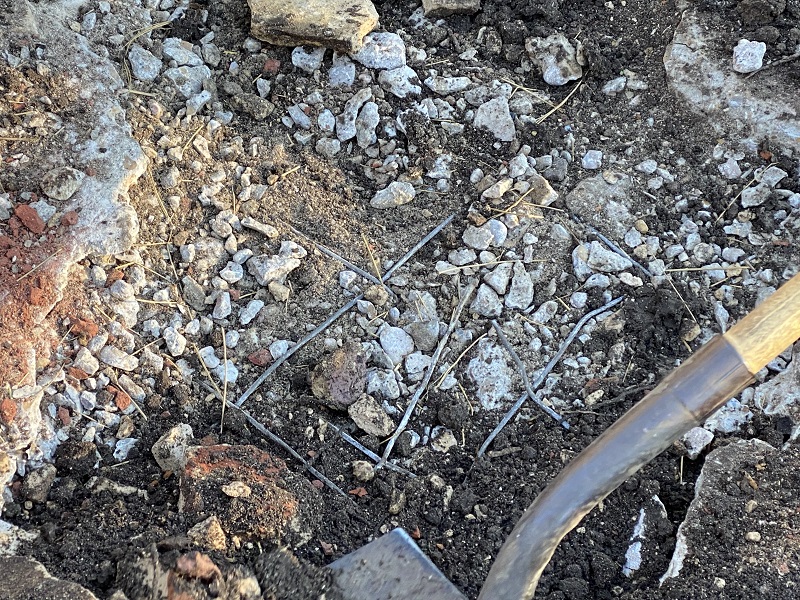

Chris and Rebecca,
I love your story; I am sorry you lost the oak tree, but in every gardener’s life a little rain should fall. In a few years, you will forget your sorrow. There should be a replacement tree to grow for the next gardeners who inherit the garden.
Thanks Greg! I passed on your comment to Rebecca. Agree. We’ll call it our 100 year plan for life. I’m just back inside from working in that bed all day. The roots were mixed in with concrete and brick from an old patio. Took all day and a new chain saw but the bed is now filled with fresh soil and ready for planting!